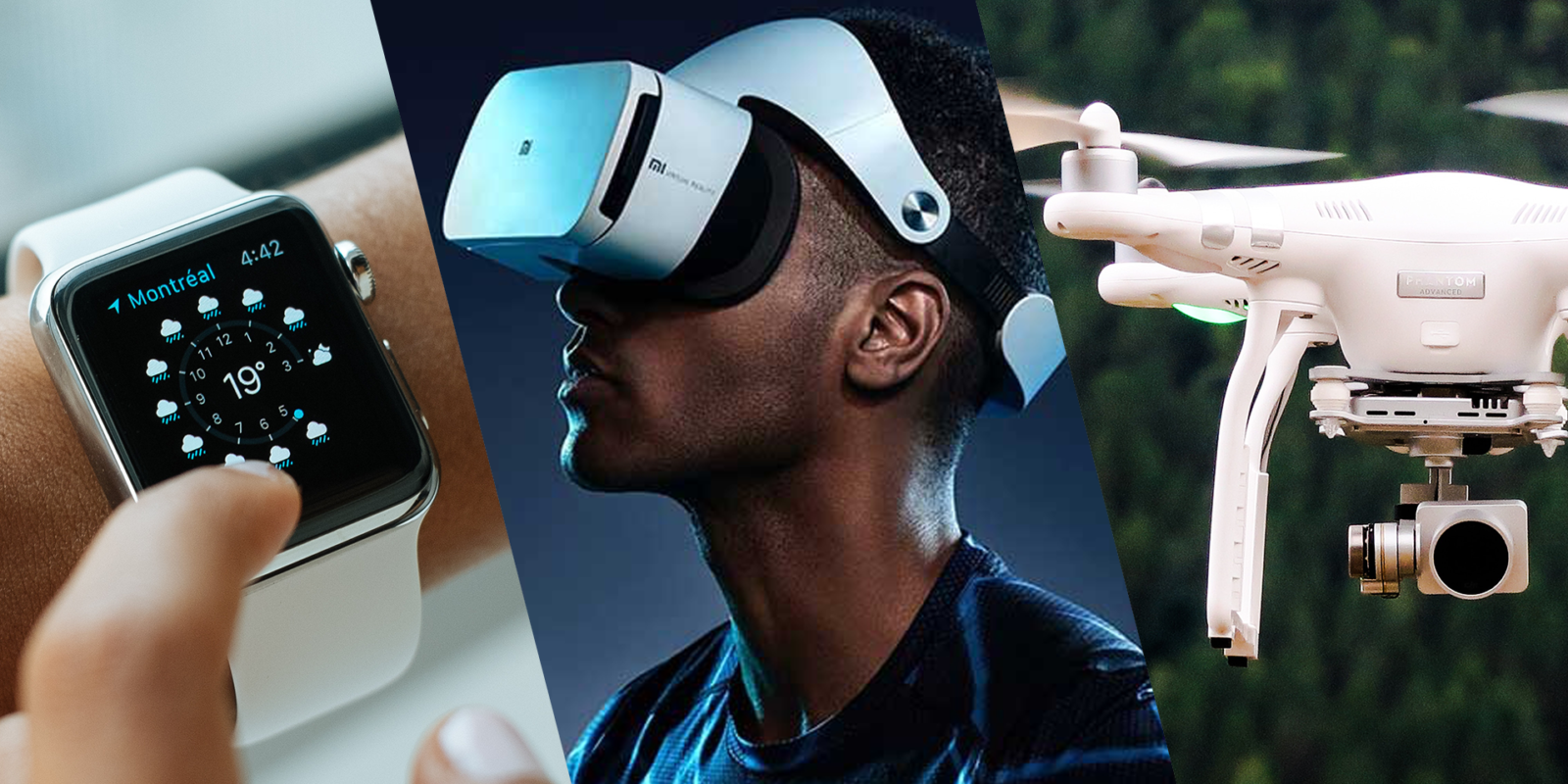Telecom & Technology Consulting

The COVID-19 pandemic has been tragic. We’ve lost many lives, and we all face the unknown every time we leave the house. From that perspective, the growth of specific technologies should be one of our last concerns. But the Law Of Unintended Consequences often bring a silver lining. In this case, the forces of living with COVID-19 has accelerated the development and commercialization of many emerging technologies. And thankfully, these technologies will not only keep us safer, they will help us live as “normal” as possible.
With everyone quarantined at home, coupled with long lines at the supermarket, delivery is no longer confined to the occasional order of Chinese food or a large pizza. Delivery has shifted from a convenience to a necessity, which has sped up the promise of automated delivery. Organizations are increasingly employing drones to deliver medical supplies to hospitals and food to those unable to leave their homes. Companies like Amazon, UPS, and Walmart are testing drones to reduce last-mile delivery costs for virtually everything from toothpaste to burgers. In the past, drone use was limited due to regulations and safety concerns, but COVID-19 has reduced those barriers, simply because drones are much less likely to carry or spread the virus. Interestingly, the idea of protecting our health is accelerating a technology that was – just months ago – being limited because of concerns about its effects on our health.
Unlike drones, robots have never needed much regulation, as they’re typically deployed within the walls of corporate factories and warehouses. But with the pandemic, robots are stepping into the public square. They’re helping in hospitals, including delivery of medical supplies, dispensing hand sanitizer, cleaning common areas, and even assisting with treating COVID-19 patients. Medical staff use the robot’s camera, microphone and stethoscope to monitor a patient’s vital signs, and communicate via the robot’s built-in video capabilities. These benefits could extend to the food industry, where robots could prepare and deliver meals in a safer, more sanitary manner than humans.
Telemedicine, a category of healthcare services delivered using telecommunications, is another facet of technology that hasn’t grown as quickly as its proponents have hoped. Providers and patients haven’t fully bought into the concept. Yet the urgency for virtual COVID-19 healthcare, as well as general medical advice and treatment, has pushed telemedicine to new levels of adoption. To alleviate pressure on hospitals, the federal government extended telehealth consultations to over 60 million people with Medicare benefits. Now people can conveniently talk with doctors and get treatment advice from their homes, over the phone or through a video chat.
More controversial, COVID-19 is causing select government entities and organizations to experiment with biometric technology. A hotly debated topic, biometric technology allows people to be tracked by facial recognition, fingerprints, and tone of voice. However, biometrics has great potential toward improving public health. Tech companies have developed programs that combine facial recognition and body temperature sensing to identify those who may be carrying COVID-19. Of course, while these types of innovations may be grounded in the best of intentions, they do bring legitimate apprehension for those worried about privacy protection.
Unlike biometrics, 5G service enjoys almost universal praise. There’s no downside to faster wireless speed. In fact, the only barrier to full-blown 5G has been due to carriers being unsure of consumer demand. The thinking goes, you can only build out capacity if that’s what customers want. But due to COVID-19, the promise of widely available 5G may occur faster than predicted. That’s because massive amounts of people are working and studying from home, which has magnified the need for increased bandwidth and network capacity (for both today and into the near future, as remote work/study will become more of a norm than a trend). In turn, by virtue of network upgrades to accommodate 5G, emerging technologies in IoT and automation will flourish even more than they could have pre-COVID-19.
Speaking of working from home, Virtual Reality (VR) is also getting a boost from the pandemic. Many people stuck indoors for long periods of time have gone beyond the traditional entertainment use of VR (play video games, explore travel locales, etc.) and are finding much-needed human interaction through various social VR platforms. Companies are starting to use VR platforms for training and collaboration. Now VR, along with Augmented Reality (AR) and Mixed Reality (MR), has moved from nice-to-have to must-have technologies for conducting business. For that matter, they are becoming more essential for our health and welfare. Because when it’s all said and done, there’s nothing more essential than protecting our lives.